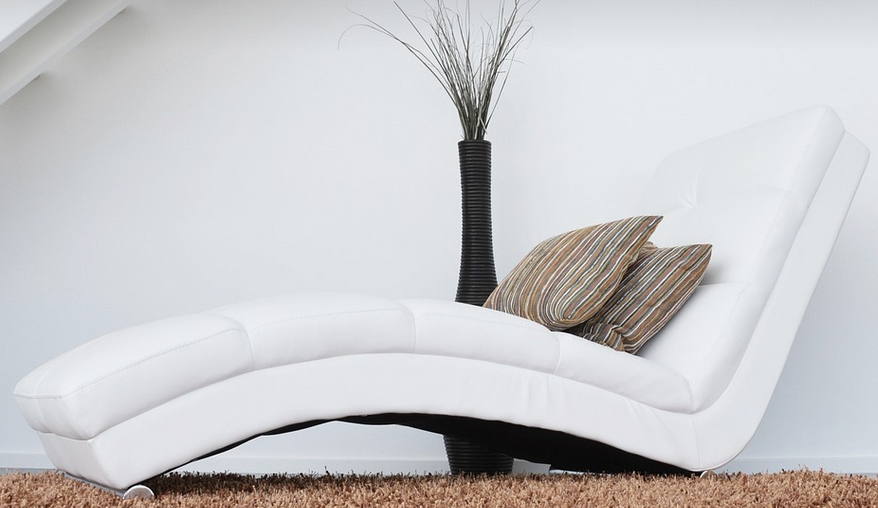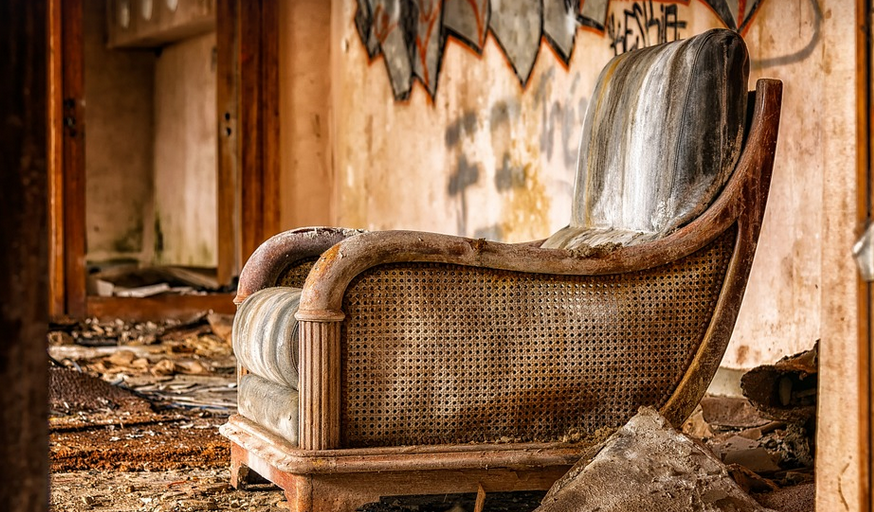More Than Just Benches: The Role of Child-Friendly Seating and Entertainment
Waiting rooms can be, well, waiting rooms. They’re often filled with stress, anxiety, and the inevitable monotony of a delay. But what if we could transform these spaces into havens for kids, making medical appointments less daunting? Enter pediatric waiting room furniture, designed not just to provide seating but also to inspire play, soothe anxieties, and foster positive experiences.
Gone are the days of plain, uncomfortable benches. Modern pediatric waiting rooms are brimming with innovative furniture options that cater to both children’s needs and the practicalities of a busy healthcare setting. These pieces aren’t simply functional; they’re designed to be engaging, creative, and contribute to a happier environment for everyone.
One of the most prominent furniture features is imaginative seating. Instead of rigid chairs, imagine playful beanbag seats that encourage active play or colorful floor cushions with built-in pockets perfect for hiding treasures. These options allow kids to express their individuality and create a sense of comfort in an unfamiliar space.
But the magic doesn’t stop there. Interactive wall panels are becoming increasingly popular, offering an engaging alternative that keeps children occupied while waiting. These panels often feature colorful touchscreen interfaces, interactive games for all ages, or even educational activities like puzzles and alphabet boards.
Beyond the entertainment, thoughtful furniture choices can significantly impact a child’s perception of the waiting room. For instance, a play table with soft lighting and colorful artwork can transform it from a sterile space into an inviting haven for creativity.
The Power of Sensory Stimulation
While playful elements are crucial, they shouldn’t overshadow the importance of sensory regulation. A well-designed pediatric waiting room should cater to various sensory needs, ensuring that children don’t become overwhelmed or frustrated.
Consider incorporating soft, calming colors for walls and flooring. These hues can help reduce anxiety and provide a sense of security. Similarly, incorporating features like textured surfaces or soothing noise machines could offer a comforting backdrop for kids to process their emotions.
Soft lighting is another essential element in creating a more relaxed atmosphere. Instead of harsh overhead lights, consider installing warm-toned LEDs or adjustable lamps that allow children to control the level of brightness and create a personalized experience.
Comfort: Beyond Just Seating
While comfortable seating is paramount, it’s crucial to remember that waiting rooms encompass more than just the space where kids sit. A child’s overall well-being depends on various factors, including temperature and accessibility.
For instance, ensure adequate ventilation in the waiting room through strategically placed fans or air filters to keep the air circulating and comfortable for even the most sensitive children.
Furthermore, consider adding features like a dedicated play area with age-appropriate toys, bookshelves stocked with kid-friendly materials, and even a designated breastfeeding space if needed. These additions offer not only comfort but also a sense of control over their environment.
A Personal Touch: Incorporating Child’s Preferences
One of the most impactful aspects of pediatric waiting rooms lies in incorporating elements that resonate with children’s interests and personalities.
By allowing kids to participate in the design process, we can create a space they feel ownership over. Would they prefer a whimsical forest theme? A bright and colourful underwater scene? Or maybe a playful superhero adventure? By incorporating their input into furniture choices, we can foster a sense of control and ownership that makes waiting time less daunting.
This goes beyond just the visuals; children should also be involved in selecting décor elements like wall hangings or artwork. This allows for personalization and expression – a tangible symbol of agency and empowerment during an otherwise stressful experience.
Incorporating Sustainability into Design
As we strive to create more sustainable waiting rooms, incorporating eco-friendly furniture options is crucial. Choose materials that are durable yet sustainable, such as recycled wood or bamboo.
Opting for energy-efficient light fixtures and incorporating natural ventilation helps minimize the environmental impact while maintaining a comfortable atmosphere. The benefits extend beyond the environment—sustainable design fosters a sense of responsibility in children who witness these choices.
Looking Ahead: Emerging Trends in Pediatric Waiting Room Furniture
The world of pediatric waiting room furniture is constantly evolving, driven by advancements in technology and increased awareness of child-centric spaces. We’re witnessing some exciting trends:
**Interactive Walls:** Beyond simple screens, these will integrate sound systems for music or storytime, allowing kids to participate directly in the soundscape.
**Personalized Environments:** Imagine children’s input shaping their own space – from choosing artwork to designing a customized control panel for lighting and entertainment.
**Augmented Reality (AR) Integration:** These experiences will offer interactive games and educational activities, transforming the waiting room into an immersive adventure.
**Modular Design:** Furniture that can be reconfigured to meet changing needs or space requirements offers enhanced flexibility and adaptability.
These emerging trends highlight the future of pediatric waiting rooms: a dynamic mix of creativity, technology, and sustainability, all aimed at creating a more enjoyable and memorable experience for children and their families.


